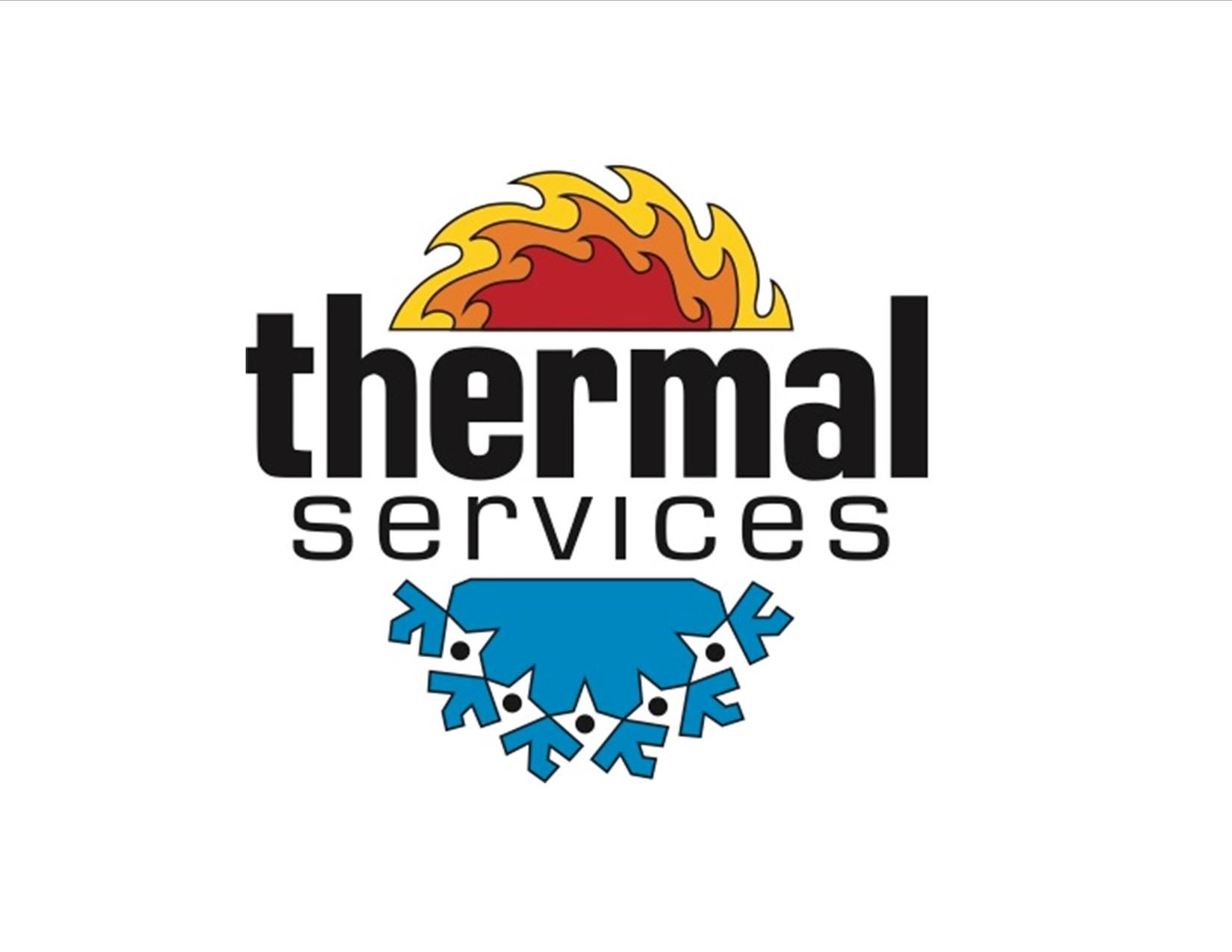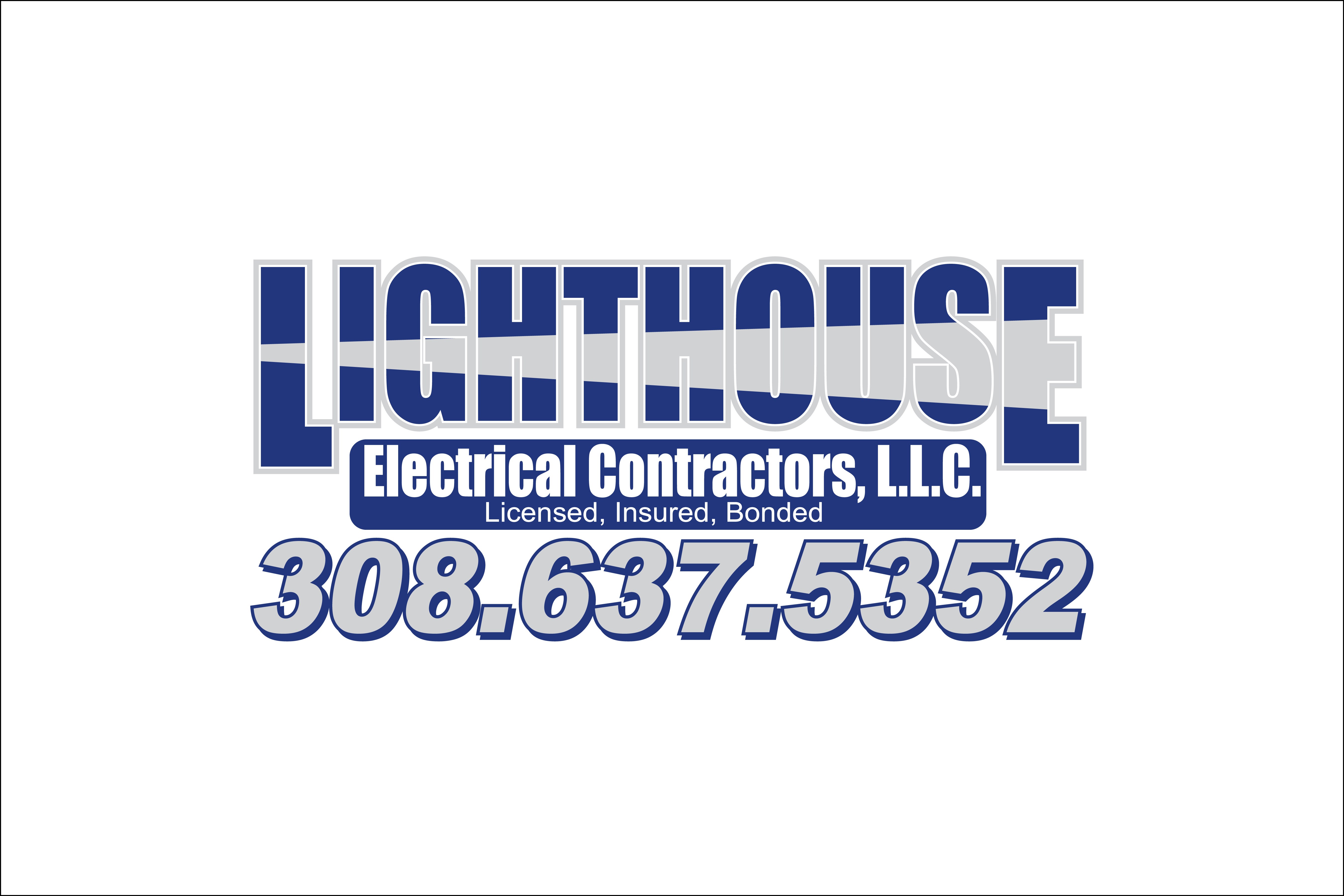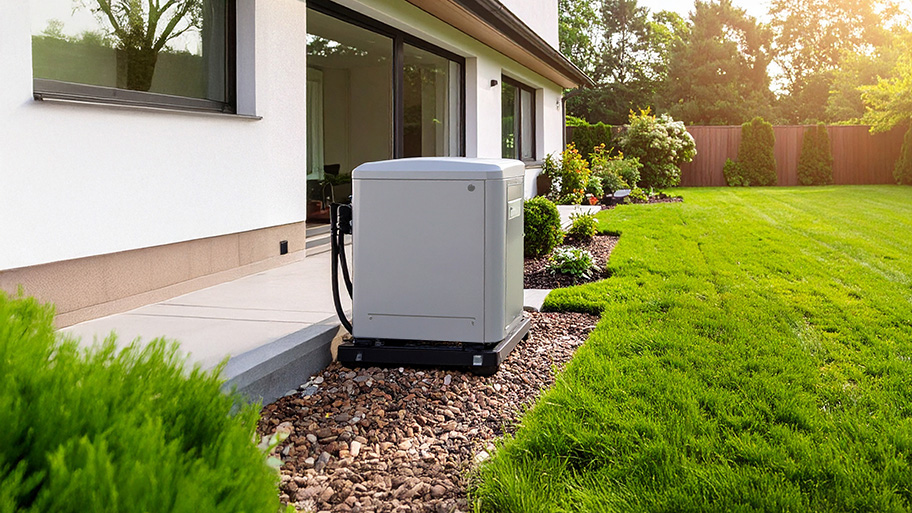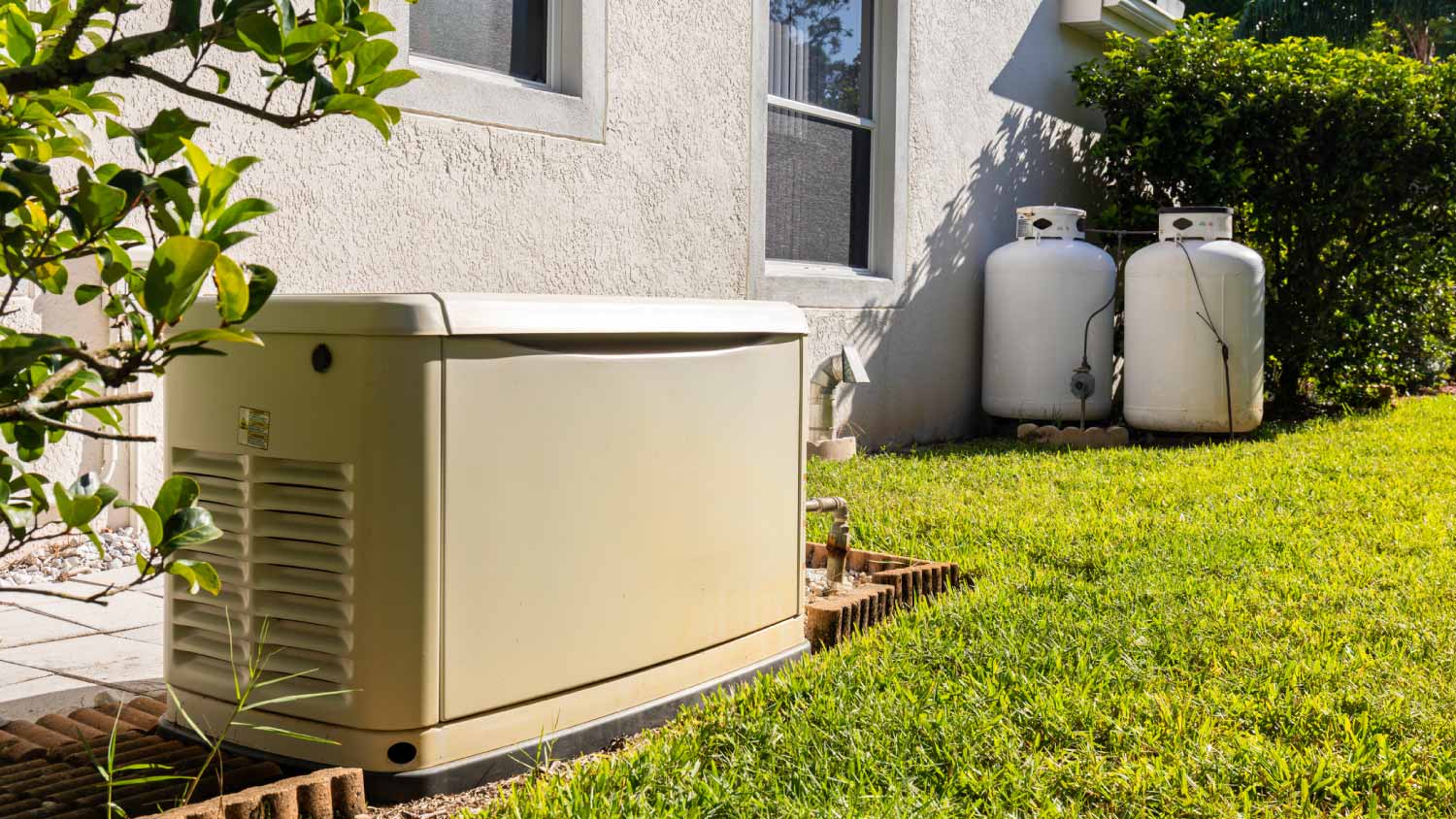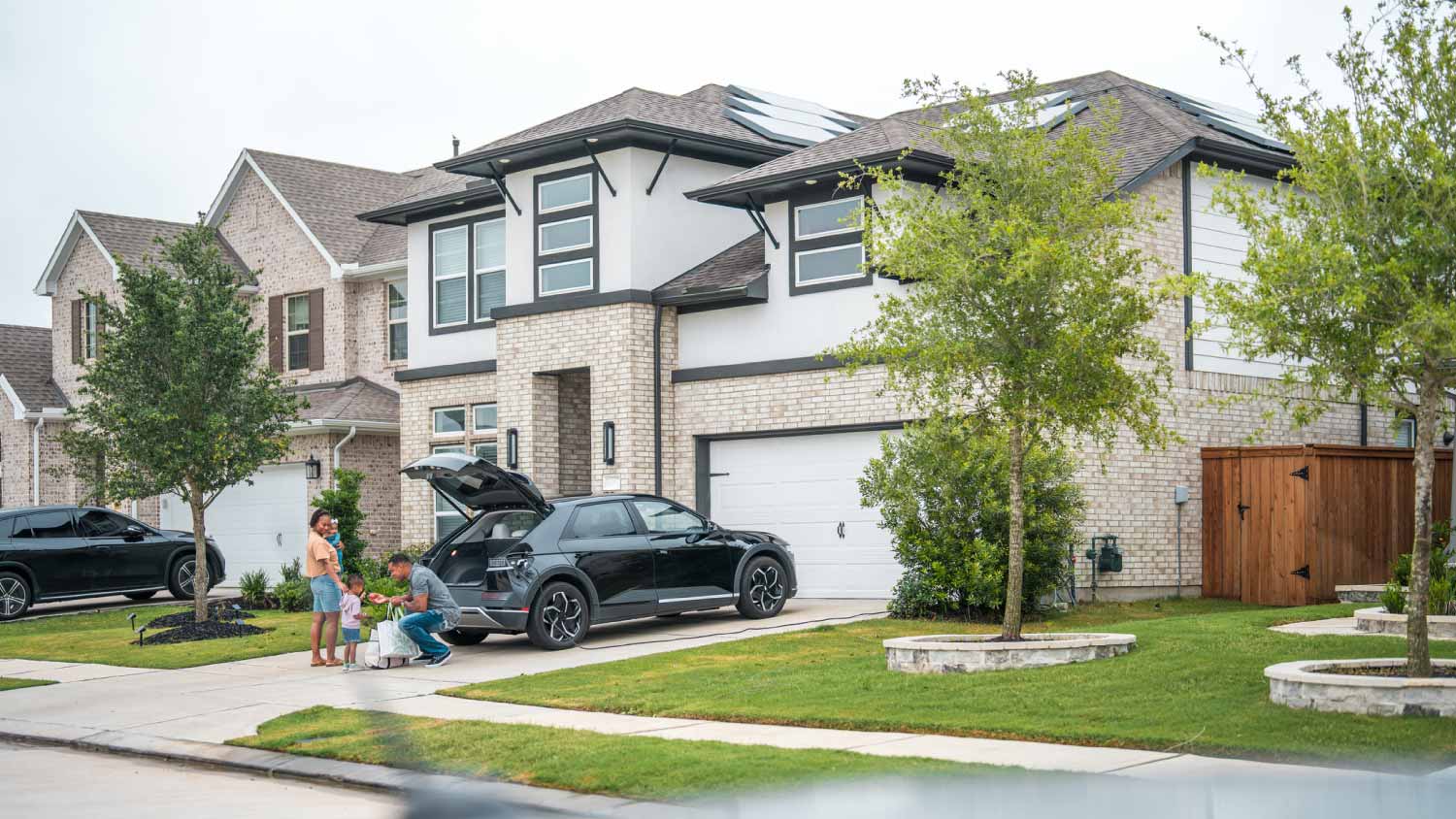Boyles Electric LLC
Boyles Electric LLC
Boyles Electric LLC It can be a daunting task looking for not only the right contractor for your job but also the right contractor for you. We completely understand what you're going through. We know every customer has different desires, different needs and different schedules. We're not only here to turn your ideas into reality but to make it a memorable experience every step of the way. Call us right now, no matter where you are in the planning process.
"Zach was quick getting to the work, he was there within a few short days of contacting him"
Sheryl C on September 2023
Boyles Electric LLC It can be a daunting task looking for not only the right contractor for your job but also the right contractor for you. We completely understand what you're going through. We know every customer has different desires, different needs and different schedules. We're not only here to turn your ideas into reality but to make it a memorable experience every step of the way. Call us right now, no matter where you are in the planning process.
"Zach was quick getting to the work, he was there within a few short days of contacting him"
Sheryl C on September 2023




